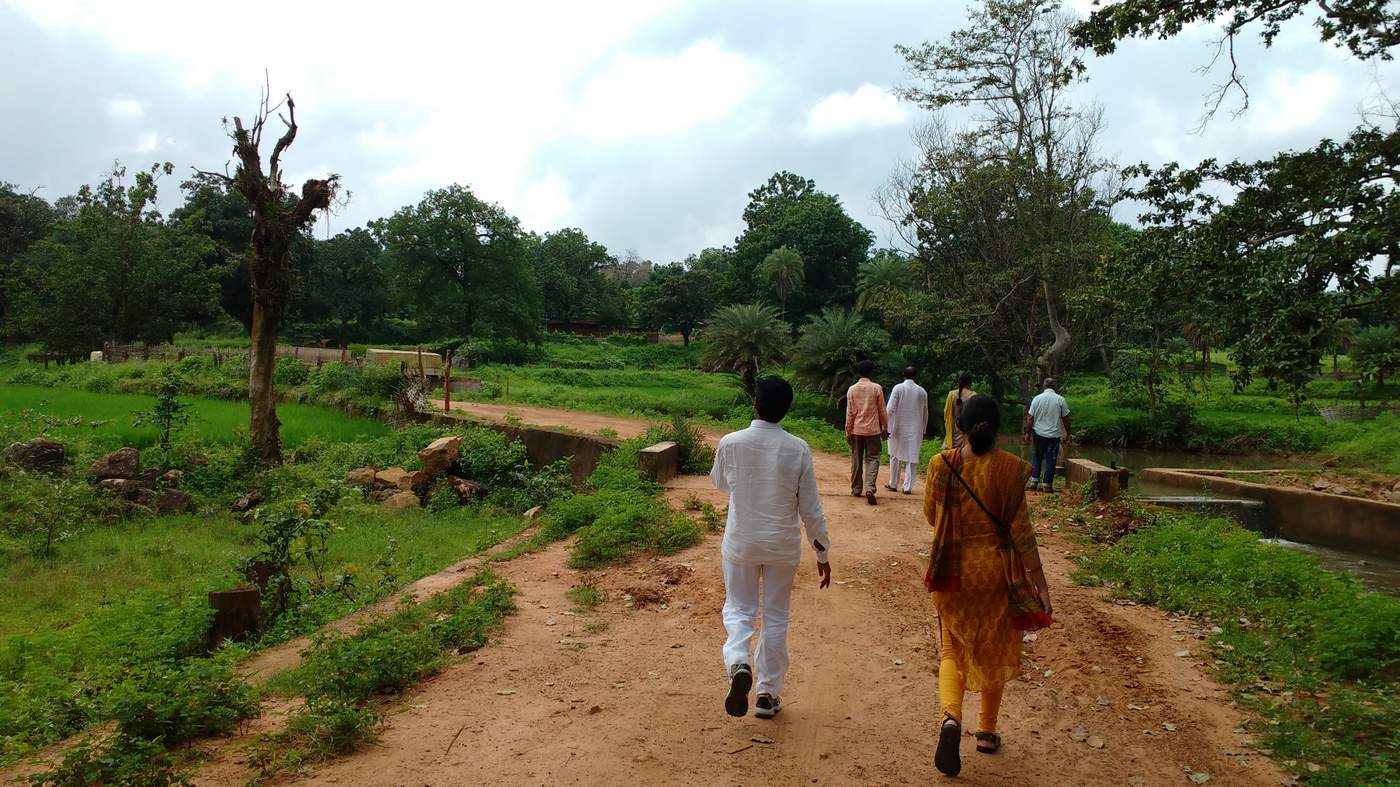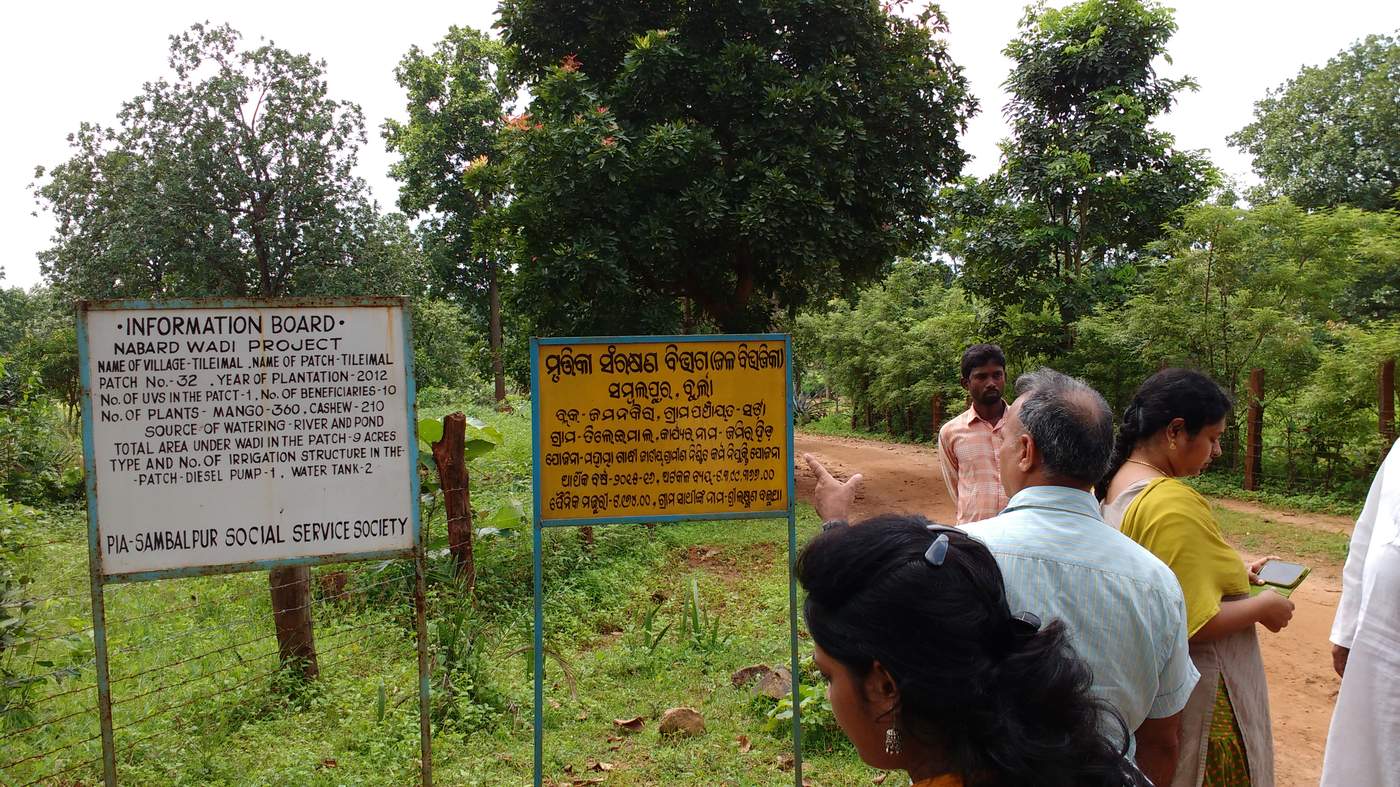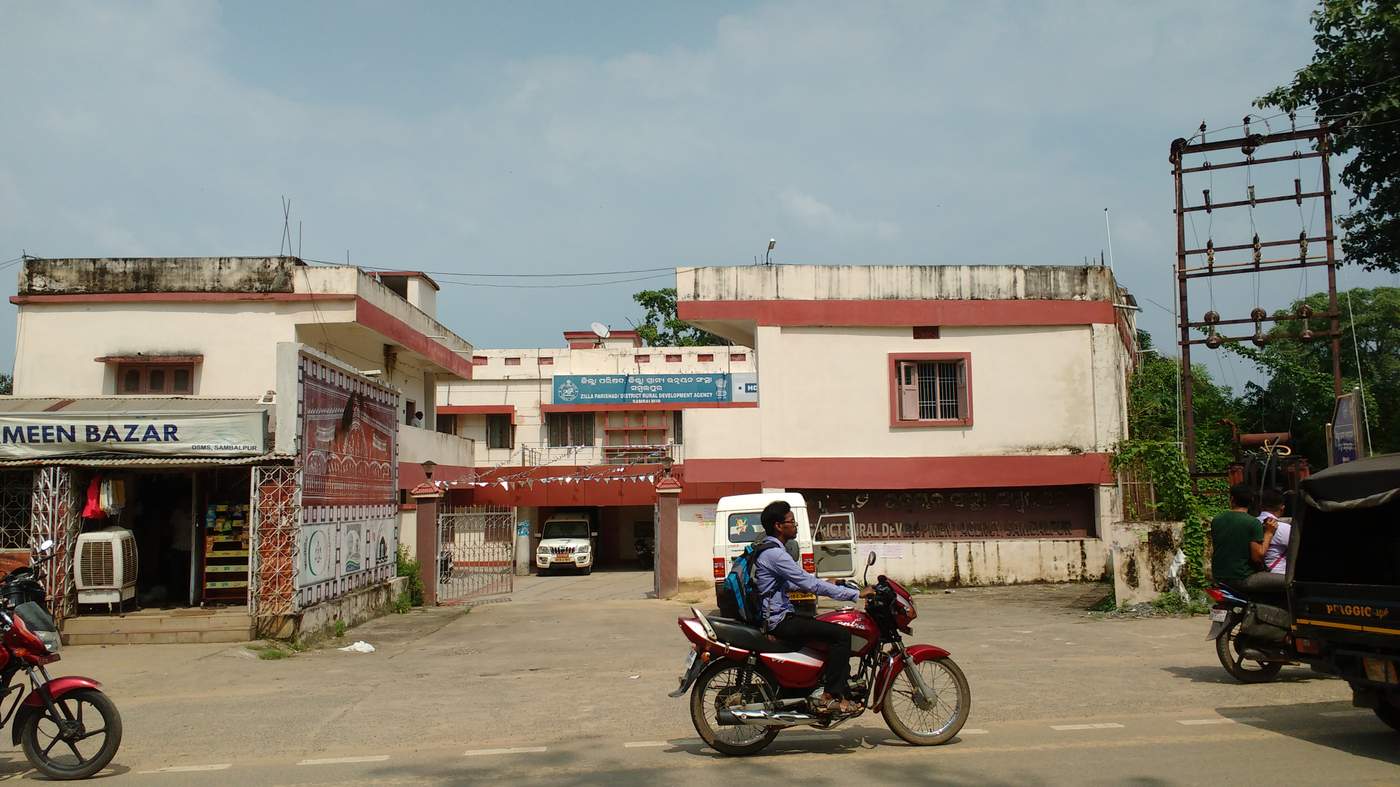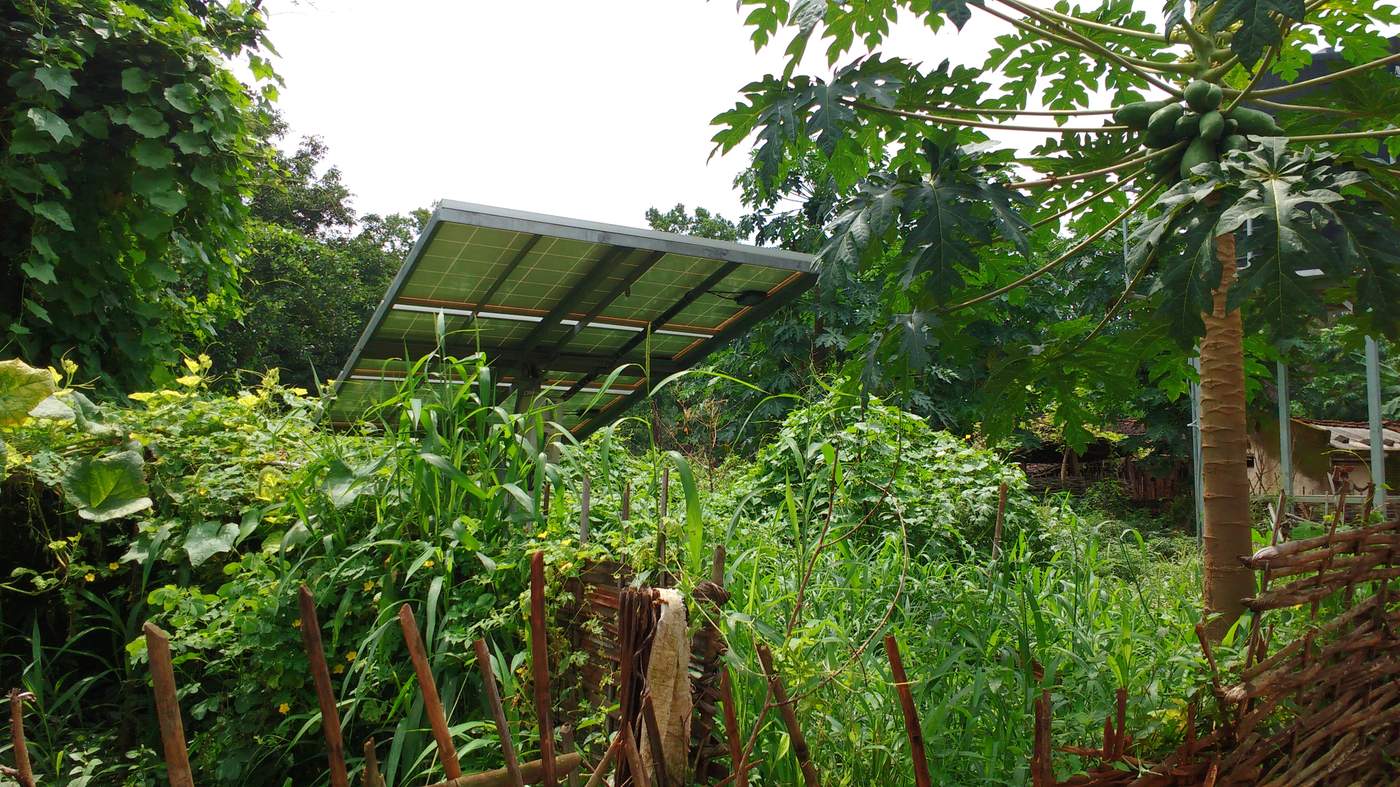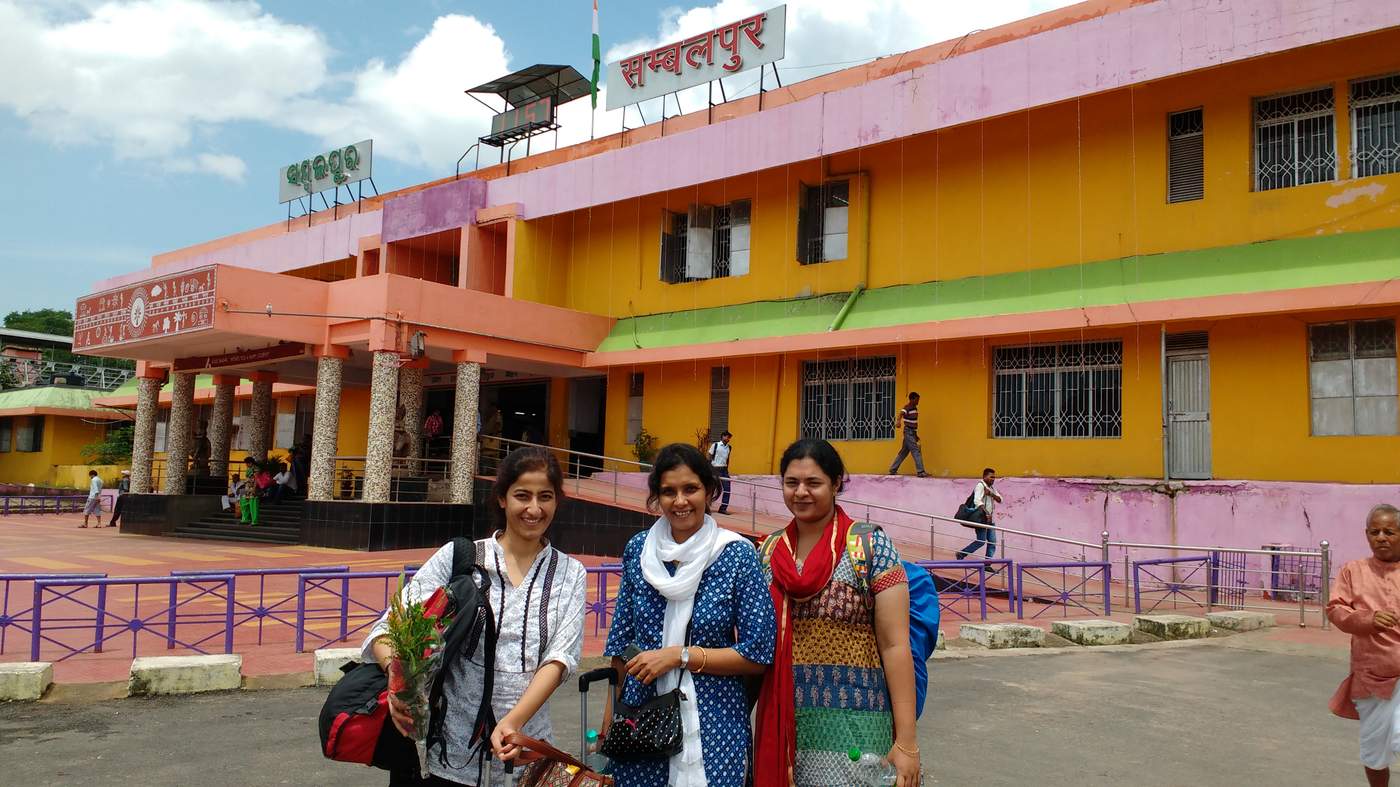· Sarda is located in Ushakothi Wildlife Sanctuary Reserve, a National Forest Reserve.
· This remoteness limits development works (like roads and electricity) since the access route is through the forest.
· The forest department has denied clearance to many development works, cutting off market linkages for these villages and reducing incomes.
· Residents of the 331 households in these villages belong to different tribal groups.
· Sustenance agriculture is the predominant occupation of all households.
Energy access is a prerequisite for basic services like cooking, lighting, transportation, education, healthcare, etc.. Sarda’s remote location in a dense forest cuts off its market linkages and increases the challenge of making electricity accessible for all households and other basic services. Given these limitations, solar off-grid is a solution that can provide home lighting and simultaneously boost the village economy by offering solutions linked to livelihoods. For example, solar-based appliances like solar-powered cold storage can help supplement incomes of the largely agrarian and forest-dependent villagers by allowing them to store their produce and increase its shelf life until it reaches the nearest market.
The visit to the villages revealed that techniques used for reviewing and monitoring by the district administration can be crucial for influencing the pace of development. One of the simplest techniques to increase the pace of work was a regular monthly visit to the village by the most senior district official. On these monthly visits, he commanded that all department officials travel with him to discuss the pace of work with the villagers, to make the officials directly responsible to the villagers and also explain the importance of schemes—from sanitation to education, etc.—to increase their adoption. His commitment resulted in many other development works being executed: hostels for boys and girls, a football field, banking access, a cellphone tower, agricultural pilots like mango orchards, sweet corn farming and irrigation works, among others.
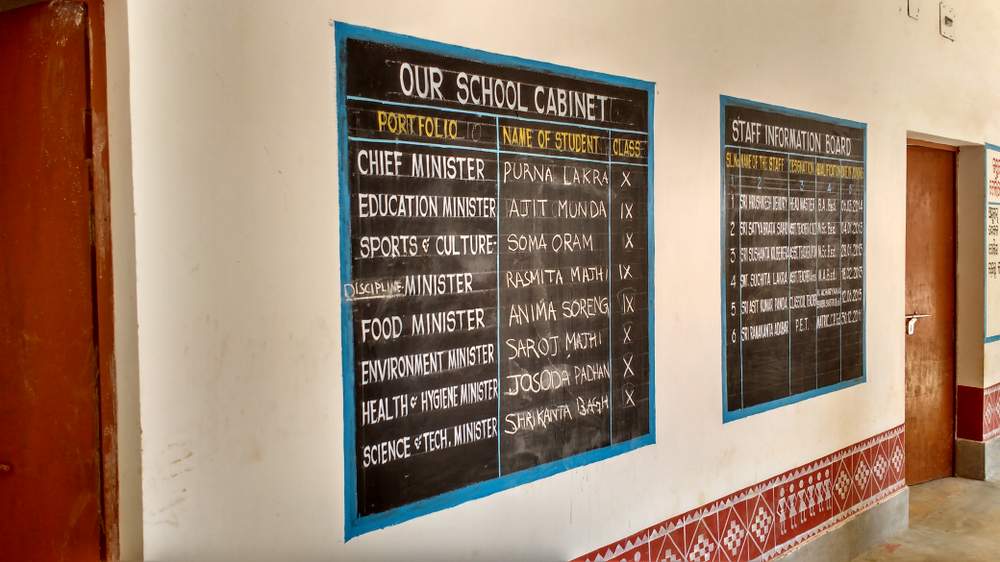
School in Sarda village
Sarda maybe remotely located and in need of many development projects, but it is reassuring to note that both the district administration and elected officials are determined to ensure Sarda’s place on the map is not lost.

